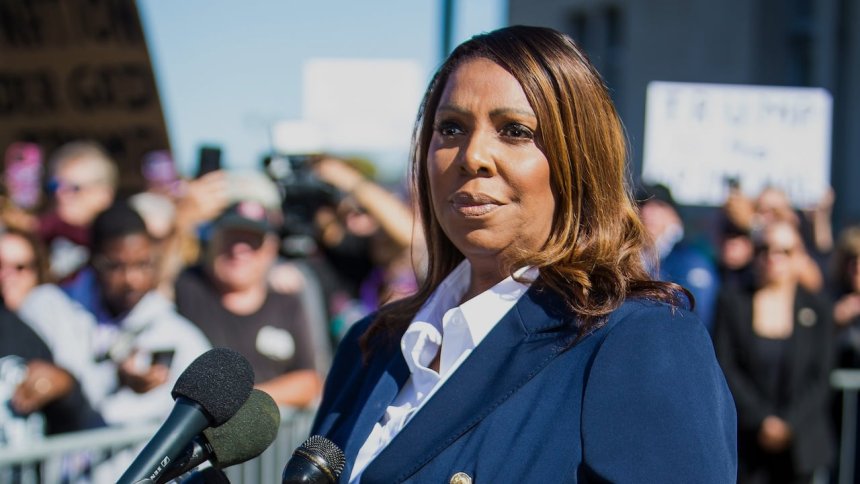Why Ketanji Brown Jackson’s Supreme Court decision on SNAP benefits is a temporary move
The move only pauses some payments until the U.S. Court of Appeals for the First Circuit reconvenes and decides the

The move only pauses some payments until the U.S. Court of Appeals for the First Circuit reconvenes and decides the administration’s order to block the order after its appeal is considered.
On Friday (Nov.7 ), Supreme Court Justice Ketanji Brown Jackson ordered a temporary pause to the full release of Supplemental Nutritional Assistance Program (SNAP) benefits by the Trump administration, a decision that was immediately critiqued and criticized on social media, given that 42 million Americans rely on SNAP benefits and payments had become a hot-button issue in the ongoing government shutdown.
However, the move only pauses some payments until the U.S. Court of Appeals for the First Circuit reconvenes and decides whether the administration’s appeal for a stay is heard. The move is a procedural one by Jackson, even if the framing of the matter suggests otherwise.
“Given the First Circuit’s representations, an administrative stay is required to facilitate the First Circuit’s expeditious resolution of the pending stay motion,” Jackson wrote in her brief. “This administrative stay will terminate forty-eight hours after the First Circuit’s resolution of the pending motion, which the First Circuit is expected to issue with dispatch.”
Why did this ruling fall under Jackson and not the full court?
Justice Jackson is assigned to oversee urgent matters from the First Circuit, meaning she’ll likely refer the issue regarding SNAP benefit payments and the Trump Administration’s contest of paying them out in full to the full court at some point. Still, her decision on Friday did not give any inclination as to when she would do that.
Considering that Jackson sits on a heavily conservative-leaning court, she likely accelerated the timing of when the full court would hear the issue. In short, it’s a compromise for a problem that initially seems straightforward. The Trump Administration initially appealed a lawsuit filed in a federal court in Rhode Island, which initially requested that the U.S. Department of Agriculture partially fund SNAP for November. The suit was later amended to cover SNAP fully. Chief Judge John J. McConnell, Jr., who ruled in favor of the initial lawsuit in Rhode Island, issued a temporary restraining order to the Trump administration, meaning that the full payment of SNAP benefits had to be made by Friday.
The Justice Department then appealed that decision to the First Circuit while seeking an “administrative stay” — a temporary pause while the courts decide on a longer or even an indefinite stay for the duration of the appeal.
Since the First Circuit did not rule on the “administrative stay” by Friday, the Justice Department then took the matter to the Supreme Court. This left the matter in Justice Jackson’s hands.
What does this mean for SNAP payments and the Trump administration?
Effectively, Jackson put the ball back in the First Circuit’s hands, which will make a ruling on the matter either sometime this weekend or Monday at the latest, when the “administrative stay” expires. The administration does not need the courts to pay out SNAP benefits, as the previous Trump administration did during the last shutdown government of 2018-19.
If the First Circuit refuses the stay pending appeal, the Justice Department is likely to return to the Supreme Court, this time with all justices present to make a ruling on the stay.
Placing SNAP payments back in limbo and millions left wondering when they will receive their benefits.
Share
What's Your Reaction?
 Like
0
Like
0
 Dislike
0
Dislike
0
 Love
0
Love
0
 Funny
0
Funny
0
 Angry
0
Angry
0
 Sad
0
Sad
0
 Wow
0
Wow
0















